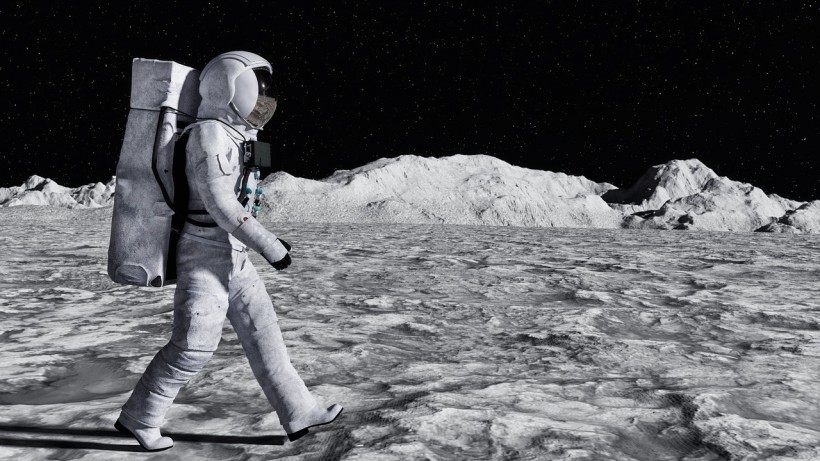Recent research from the Institute of Geology and Geophysics (IGG), Chinese Academy of Sciences, raises the possibility that water is created on the surface of the moon by solar winds (SW).
According to a press release, using samples from China's Chang'e-5 mission strengthens the case for water on the moon's surface.

Could Humans Live on the Moon? NASA Believes People Would Be Living on the Lunar Surface by 2030
Lunar Soils Contain Hydrogen
The researchers modeled hydrogen retention in lunar soils at various temperatures. They found that SW-originated water may be successfully maintained on the moon's surface in the middle and high-latitude regions.
The polar lunar soils may contain more water than Chang'e-5 samples, according to Prof. LIN Yangting from IGG, the study's lead author.
According to earlier studies, the amount of water on the lunar surface varies depending on latitude and time of day. According to the study, such a discernible difference points to a rapid rate of desorption from the lunar surface.
Unlike the six Apollo missions and the three Luna missions, which all landed at low latitudes (8.97°S-26.13°N), the Chang'e-5 mission recovered soil samples from a site at a mid-latitude (43.06°N).
The samples from the Chang'e-5 expedition came from the youngest lunar basalts and the driest known basaltic foundation.
Understanding the spatial-temporal distribution and preservation of SW-derived water in the lunar regolith requires examination of the Chang'e-5 samples.
Seventeen lunar soil grains collected by the Chang'e-5 spacecraft were subjected to deuterium/hydrogen ratio calculations and NanoSIMS depth profiling studies.
ALSO READ: Wind Turbines on Red Planet: Astronomers' Analysis of Wind Energy Source Might Work on Mars
Solar Wind Origin
The majority of the grain rims (top 100 nm) showed high hydrogen contents (1,116-2,516) and very low D values (-908 to -992), which pointed to an SW origin.
Based on the hydrogen content and grain size distribution of the lunar soils, the SW-derived water content was determined to be 46 ppm, which is consistent with the remote sensing findings.
The hydrogen incorporated by the SW might be preserved after the burial, according to heating studies on a sample of the grains.
Using this knowledge and earlier research, the researchers developed a model of the dynamic equilibrium between the implantation and outgassing of SW-hydrogen in lunar soil grains, demonstrating that temperature is an important factor in the implantation and migration of hydrogen in the soils of the moon.
With this model, they predicted an even higher hydrogen concentration in the lunar poles' grain rims.
"This discovery is of great significance for the future utilization of water resources on the moon," Lin said per Xinhua.
"And it is relatively easy to exploit and use the water contained in the lunar soil through particle size sorting and heating," Lin added.
Researchers published their study in the journal PNAS.
RELATED ARTICLE: NASA's InSight Mars Lander Bids Farewell on Its Last Message, Sharing What Could Be Its Final Photo
Check out more news and information on Space in Science Times.




![Earth's Quasi-Moon Kamo‘oalewa Could Originate From Lunar Surface Not Asteroid Belt [Study]](https://1721181113.rsc.cdn77.org/data/thumbs/full/53275/89/56/50/40/earths-quasi-moon-kamo-oalewa-could-originate-from-lunar-surface-not-asteroid-belt-study.png)









